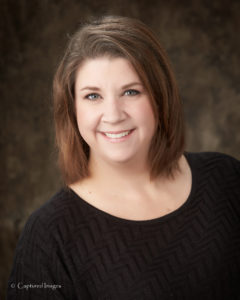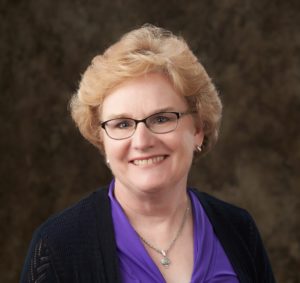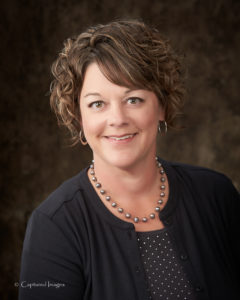
Family and Consumer Science Extension Agent
Adult Development and Aging
Family Resource Management
K-State Research and Extension
Southwind Extension District
210 S. National
Fort Scott, KS 66701
Office: 620-223-3720
Fax: 620-223-0332
[email protected]
The Wallet Wisdom financial webinar series concluded last week with All About Credit. A question came up about if young adults going to college should have a credit card during their school years or wait until they have graduated and have a job.
Paying with a credit or debit card has become the norm and taking the place of cash in everyday transactions. Establishing credit, specifically good credit, can help young adults reach their financial goals. Goals may include a loan for a car or mortgage, credit cards, renting an apartment, a job, or even insurance. Good credit takes time and patience, waiting until after college to establish credit can delay dreams, goals, or establishing a household.
A person’s financial knowledge and capability is a better indicator of when they are ready to handle credit products such as loans or credit cards. As a parent or caregiver, ‘thinking out loud’ or a conversation with teens and young adults about credit (or money) can help them build self-control, planning, and problem-solving skills with money.
For teenagers and young adults, topics about credit might include:
- Understanding credit card is the same as borrowing money.
- Plans and use of a credit card.
- Establishing use standards such as paying the balance each month or not using it as an emergency source.
- How it can be useful for making purchasing online or convenience.
- Your own strategy or rules of thumb for using a credit card or what you have learned about managing your credit.
- Financial responsibilities such as paying on time, paying balance in full, and debt-to-credit ratio utilization.
- Shop for a credit card together, comparing interest rates and annual fees.
- Explore credit card repayment calculators to see how long it could take to repay a $1,000 credit card debt by making minimum monthly payments.
The Consumer Financial Protection Bureau is a great resource on money conversation starters, approaches, and activities for youth of all ages. It is also a great resource if you are an adult looking for information or tools on many financial topics at consumerfinance.gov. The Wallet Wisdom, Focus on Your Finances K-State Webinar Series recordings is available on the River Valley Extension District YouTube Channel.
For more information, contact Joy Miller at [email protected] or by calling 620.223.3720



